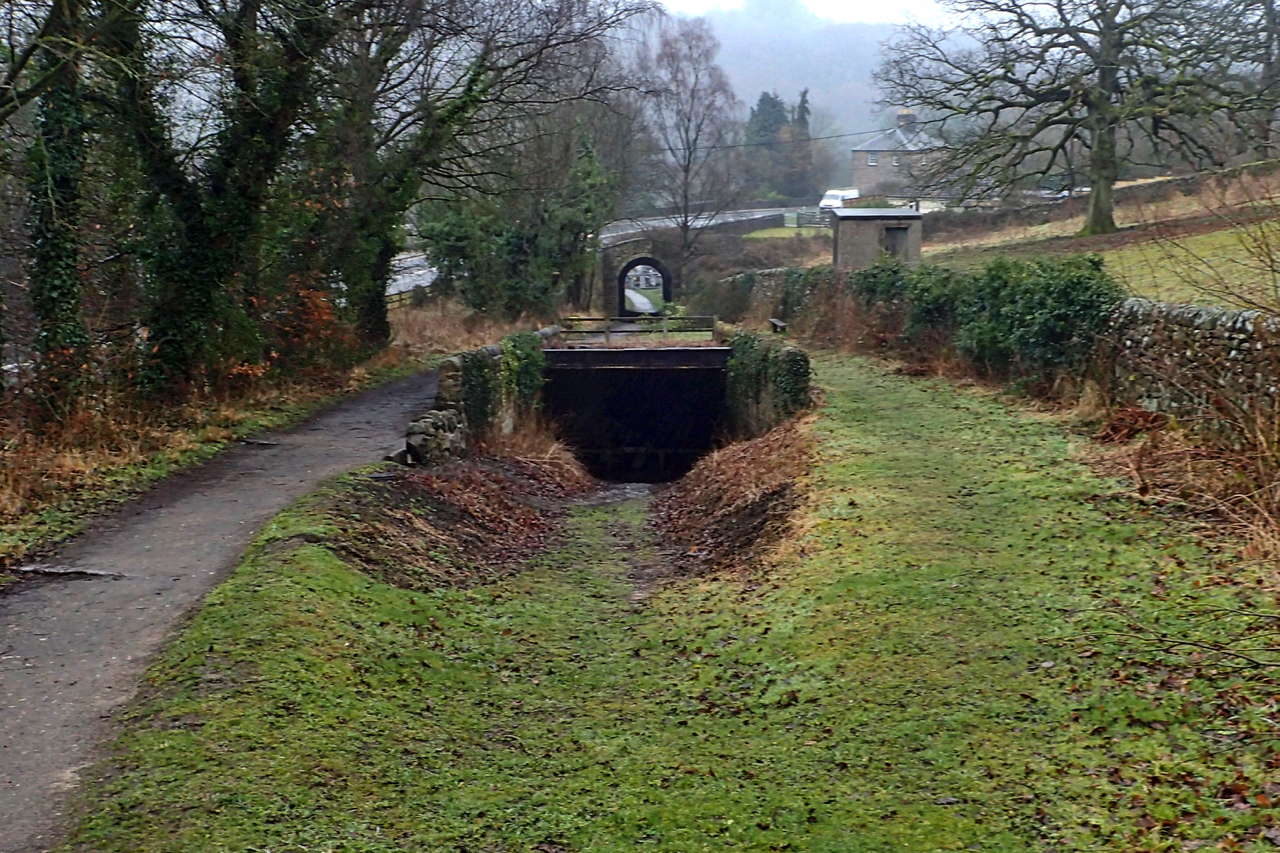Stopped off in the Derwent Valley, a Unesco World Heritage site on account of its 18th/19th-century cotton mills considered to be the birth of the large-scale factory production. It was where Richard Arkwright introduced the latest technology at the time for spinning cotton. But ignoring the mills I headed up the 1 in 9 Sheep Incline of the Cromford and High Peak Railway. At 1,320 yards long it’s quite a climb. A stationary steam engine at the top pulled the standard gauge trucks up by a continuous steel rope counterbalanced by trucks descending. The trucks were fixed by two chains and leather straps plaited to the steel rope. Apparently, friction alone stopped the chains from slipping. In theory anyway, but accidents happened. In 1888 an accident happened with a brake van carrying gunpowder. It is estimated the van reached a speed of 120 mph. Two years later this catch pit was built at the bottom. A pointsman was stationed here and his sole job was to stand at the points ready to operate them to divert a runaway truck into the pit, a short tunnel of maybe 25 yards or so. A gong on the wheel flanges of the trucks gave an indication of their speed.
The Cromford and High Peak Railway was built in 1831 to carry goods and mineral between the Cromford Canal and Whaley Bridge where the Peak Forest Canal gave access to Manchester and district. It was an ambitious undertaking, 33 miles long rising to a height of over a thousand feet above Cromford. The Sheep Incline is the first of nine inclines. But it meant a saving of several days over the alternative circuitous route using the Trent and Mersey Canal. The railway track is now a popular cycle trail but I would imagine a lot of cyclists would walk the inclines.

Leave a Reply